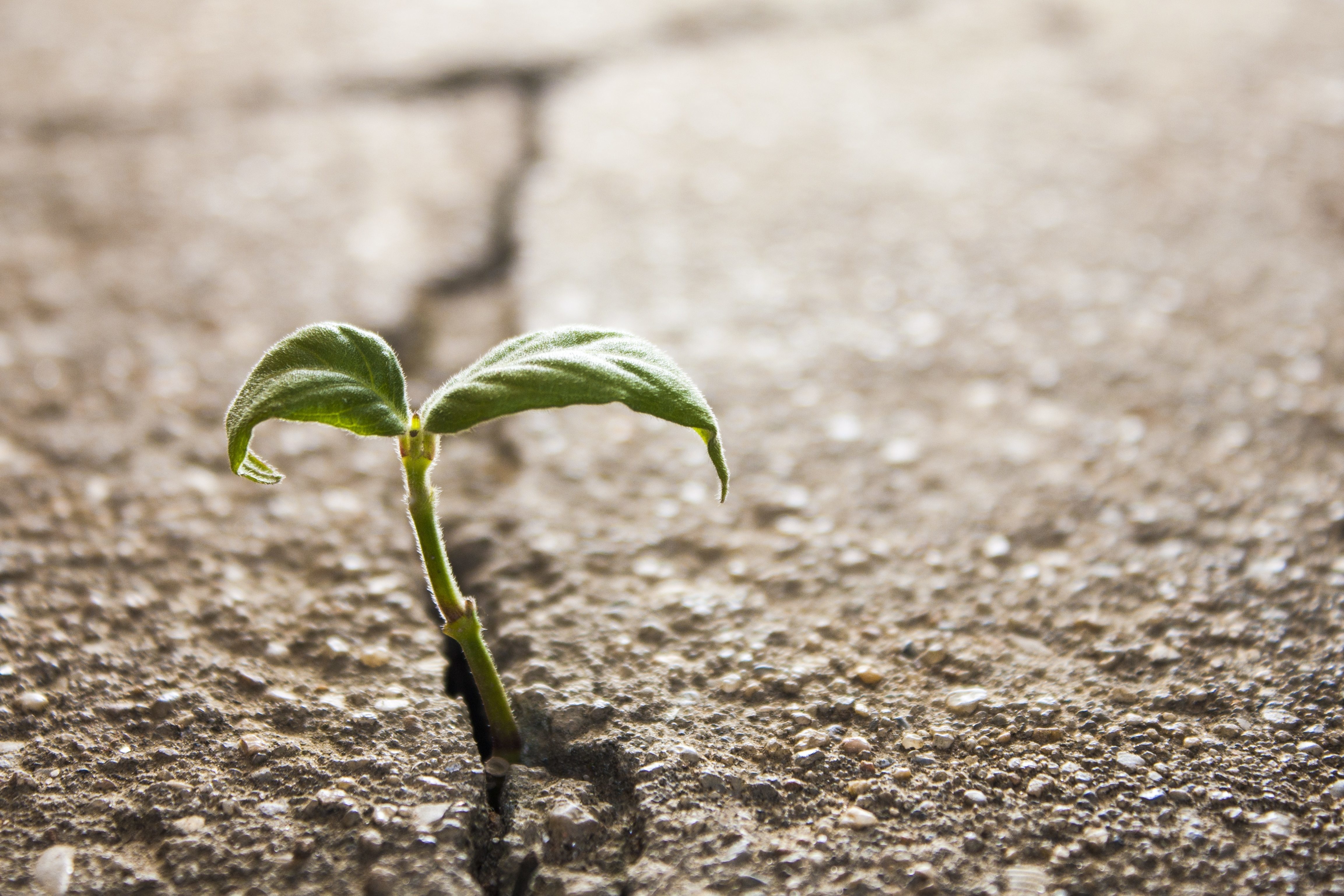Introduction:
Resilience is defined as the ability to quickly recover and adjust to difficulties. For decades scientists have explored and researched the science behind human resilience. Historically, resilience has been viewed as a set of linear relationships where one factor directly leads to another. However, new research has demonstrated that resilience is extraordinarily complex and heavily affected by a multitude of biological and environmental aspects. Childhood trauma, team leadership, and different chemicals inside the brain can enhance or inhibit an individual’s ability to develop and exhibit resilience.
Neurochemical:
In the article “Understanding Resilience” by Adriana Feder external factors such as genetics, brain development, and psychological trauma all strongly influence the development of resilience. Furthermore, resilience is described as a fluctuating chemical reaction in the brain that is molded during childhood. Feder mentions,
“Numerous rodent and primate studies suggest that animals abused by their mothers in the first few weeks of life show both delayed independence and decreased stress management skills in adulthood.”
Adriana Feder (Psychiatry Associate Director for Research at the World Trade Center Mental Health Program)
The study on primates highlights the severity of childhood mistreatment. The abusive trauma experienced as a child leads to increased levels of both, HPA, a chemical that affected the likelihood of developing adult depressive symptoms, and CRH, a hormone that regulates the body’s response to a stressful experience. Consequently, individuals that suffered abusive trauma will face an increased probability of developing damaging physiological disorders such as clinical depression or anxiety. Moreover, the environment of an individual can severely influence the development of resilience. Feder states,
“Severe adverse events in childhood can negatively affect the development of stress response systems, in some cases causing long-lasting damage.”
Adriana Feder (Psychiatry Associate Director for Research at the World Trade Center Mental Health Program)
Traumatic events experienced in childhood often lead abuse victims to develop stress and anxiety disorders that negatively impact their lives in adulthood. In addition to extensive neurological damage to stress response symptoms, affected individuals suffer numerous disadvantages. Because of the reduced levels of resilience, the victims will be unable to recover from any complications in their social or work environments. Thus, a combination of chemical factors and the environment of an individual can lead to detrimental psychological disorders in the future.

Multi-System of Resilience:
New groundbreaking research has fundamentally changed the way scientists study human resilience. Throughout the mid to late 1900s, researchers believed resilience acted on the idea of cause and effect similar to dominoes falling consecutively. New studies have demonstrated the monumental complexity when evaluating an individual’s ability to develop and exhibit resilience. In her article “Resilience in developing systems: the promise of integrated approaches”, Ann S. Masten (Professor of Child Development at the University of Minnesota) mentions that multiple perspectives, levels of analysis, and disciplines must be integrated into the research of human resilience as a variety of external factors may contribute to the development of resilience.
Moreover, there are multiple other independent factors that determine an individual’s resilience. In her article, “Resilience profiles across context: A latent profile analysis in a German, Greek, and Swiss sample of adolescents”, Clarissa Janousch (Ph.D. from the University of Applied Sciences and Arts Northwestern Switzerland) explains how understanding resilience as a linear set of relationships is ineffective and outdated. Recent research has explored the multisystem aspect of the concept and how both human and ecological systems are mutually dependent and affected by each other. Thus, resilience needs to be examined by acknowledging the different contexts of an individual and taking the connectivity of all aspects into account. By understanding an individual’s external motivators, morals, lifestyle, personality, family, etc. a researcher will be able to more effectively analyze and study a person’s resilience.
In addition, by analyzing and considering a variety of different aspects of a patient’s life, psychiatrists and other medical professionals will be able to provide better and more effective treatment to their patients. This connects back to the neurochemical aspect of resilience by identifying two main types of factors that affect resilience, external and internal. By acknowledging the different types of factors, a researcher can get a much better understanding of a person’s level of resilience by considering multiple aspects of a patient’s life.

Team leadership and its effect on Resilience:
An important detail to consider when analyzing and applying newfound research on resilience is the work environment of an individual. A team leader plays an instrumental role in the development and strength of their team’s resilience as their initiative will either hinder or facilitate their team’s ability to respond to important problems. In her study, Isabel Dordio Dimas (Ph.D.) discovered that team resilience showed a positive direct effect on both team viability and the overall quality of their group experience. Furthermore, a positive relationship was also identified between transformational leadership and team resilience. By creating an uplifting and supportive work environment, team members are not only more thrilled but are far more effective at recovering from critical complications. Thus, the study highlights the importance of a capable leader to engage and inspire team members in the face of problems. Their lead will not only strengthen the team’s resilience but create a more efficient and lively work environment.
The environment of an individual connects back with both the neurochemicals in the brain and the multisystem of resilience. It is established that resilience is heavily influenced by a multitude of factors from childhood, personality, and a person’s environment. The environment of an individual serves as an example of an external factor that influences the development of resilience. Before analyzing the extent to which an individual can exhibit resilience all different aspects must be considered. From childhood trauma that internally affects an individual, to outside motivators and the work environment, along with the strength of their team leader, that externally influences a person, all these factors play significant roles in developing resilience within an individual.
Conclusion:
There are a variety of factors that heavily influence a person’s ability to develop and exhibit resilience. Childhood trauma, team leadership, and chemicals inside the brain can drastically influence an individual. One way a person can improve or further enhance their development of resilience is through medicine and drugs that can regulate the chemicals inside the mind. By lowering the levels of certain chemicals in the brain, the probability of developing stress-induced physiological disorders drops tremendously. Alternatively, a person can visit a therapist or psychiatrist to determine the stressful situations plaguing their life and the required actions to reduce the chance of developing anxiety and stress disorders. Thus, resilience is ever-changing and a convoluted issue that determines the way humans interact with problems.
Works Cited:
Dimas, Isabel Dórdio, et al. “Bouncing Back from Setbacks: On the Mediating Role of Team Resilience in the Relationship between Transformational Leadership and Team Effectiveness.” Journal of Psychology, vol. 152, no. 6, Aug. 2018, pp. 358-72. Academic Search Ultimate, https://doi.org/10.1080/00223980.2018.1465022.
Janousch, Clarissa, et al. “Resilience Profiles across Context: A Latent Profile Analysis in a German, Greek, and Swiss Sample of Adolescents.” PLoS ONE, vol. 17, no. 1, 27 Jan. 2022, p. e0263089. Gale Academic OneFile, link.gale.com/apps/doc/A690682462/AONE?u=west19380&sid=bookmark-AONE&xid=254b2957. Accessed 1 Feb. 2022.
Masten, Ann S. “Resilience in Developing Systems: The Promise of Integrated Approaches.” European Journal of Developmental Psychology, vol. 13, no. 3, May 2016, pp. 297-312. Academic Search Ultimate, https://doi.org/10.1080/17405629.2016.1147344.
Smith, Carmelina Lawton. “Coaching for Leadership Resilience: An Integrated Approach.” International Coaching Psychology Review, vol. 12, no. 1, Mar. 2017, pp. 6-23. Academic Search Ultimate, search.ebscohost.com/login.aspx?direct=true&db=asn&AN=121260964&site=ehost-live.
Westphal, Maren, et al. “Mindfulness Predicts Less Depression, Anxiety, and Social Impairment in Emergency Care Personnel: A Longitudinal Study.” PLoS ONE, vol. 16, no. 12, 15 Dec. 2021, p. e0260208. Gale Academic OneFile, link.gale.com/apps/doc/A686922796/AONE?u=west19380&sid=bookmark-AONE&xid=6aa439fe. Accessed 31 Jan. 2022.
Wu, Gang, and Adriana Feder. “Understanding Resilience.” Frontiers in Behavioral Neuroscience, vol. 7, 2013, www.frontiersin.org/article/10.3389/fnbeh.2013.00010. Accessed 20 Jan. 2022.





Hi, this is a comment.
To get started with moderating, editing, and deleting comments, please visit the Comments screen in the dashboard.
Commenter avatars come from Gravatar.